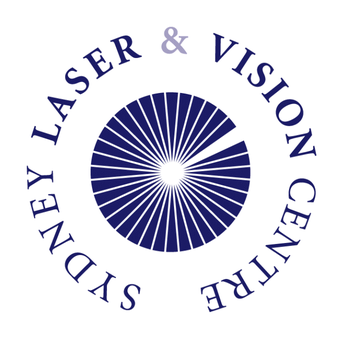Schwind Amaris: could this be the safest and best laser eye surgery yet?
Eye surgery procedures such as LASIK and PRK are already very safe, so what do the latest developments mean if you’re considering taking the plunge?
Not all eye lasers are created equal…
The Schwind Amaris 1050 is at the leading edge of eye laser technology globally. It combines unique 7D tracking, an ultra-high frequency laser and a smaller laser spot to achieve unmatched speed, precision, and safety. This translates to a shorter, more accurate treatment, and a faster, more comfortable recovery.
What is 7D eye tracking?
It may sound like something out of a futuristic movie, but 7D eye tracking means the Schwind Amaris 1050 tracks the movements of your eye in several directions. Even if you lie completely still, your eyeball can roll up and down as well as side to side. Your eyes can also turn clockwise (or anticlockwise) in relation to your face. Even if the eyes are still, your head or body can also move up and down, side to side and back and forward. These six different movements are tracked in real time – which is the seventh dimension. This means that the tracking system locks onto your eye during surgery. It then uses iris-pattern recognition, as well as other markers, to stay locked in exactly the right place throughout the procedure. So, even if you’re a bit nervous, as most people are, the laser will sync with your eye, giving you unmatched precision. The end result? A more accurate treatment and clearer vision without glasses or contact lenses.
What does frequency have to do with it?
The Schwind Amaris laser pulses at 1050 Hz (or 1050 times a second). This extraordinarily fast laser can treat each dioptre of myopia in just 1.3 seconds. So, if your script is -5.00, the laser would only need to treat your eye for six and a half seconds. Traditional lasers can take up to three times as long. And the longer the laser is working, the longer you have to lie there looking at the green light. Shorter treatment times also mean less chance of the cornea dehydrating, which can reduce accuracy of treatment.
When treating hyperopia, the treatment zone is larger and takes a little longer – approx. 2.3 seconds per dioptre. Again, this is less than half the time taken by traditional lasers.
Why two energy levels are better than one…
The Schwind laser uses two different energy levels during your treatment. 80% of the treatment is performed at a higher energy level, to minimise your time looking at the green light. But the remaining 20% of the procedure is completed with the laser on a lower setting. By switching to a lower energy level, the laser sculpts a super smooth cornea. The lower energy level also allows for the correction of your eye’s ‘higher-order visual aberrations’, resulting in crisp, distortion-free vision.
Schwind also has the narrowest beam profile of any modern excimer laser. At just 0.54mm, this allows a level of precision not seen before in excimer laser eye surgery.
Introducing SmartSurfACE PRK
Traditional surface laser eye surgery (PRK) involves removing the top layer of the cornea (under anaesthetic) using alcohol and a surgical instrument, then treating the underlying cornea and allowing the top layer to regenerate. Visual recovery has traditionally taken longer and the eye been more uncomfortable compared to LASIK.
The introduction of Schwind’s TransPRK technique over the past few years has seen improvements in healing time and comfort. This technology is touch-free, blade free, and treats the underlying cornea without breaking the surface.
SmartsurfACE PRK takes that to a whole new level. The Schwind Amaris combines the TransPRK technique – treating under the surface of the cornea without suction, flap, alcohol or instrument – with the latest SmartPulse laser-spot technology.
The precise way the SmartPulse laser removes tissue from the cornea results in an extremely smooth surface. If you imagine a laser shaping and polishing the eye’s surface to be a little like the way sandpaper is used to smooth and polish wood, SmartPulse technology is equivalent to using a much finer grade of paper. It’s gentle, safe, and visual recovery is must faster than with traditional techniques.
Now, more than ever…
More people are opting for laser eye surgery than ever. This is, in part, fallout from the COVID-19 pandemic. Over the past two years, despite harsh lockdowns and reduced surgery schedules, everyone suddenly wants laser eye surgery! Whether it’s having extra disposable income due to cancelled overseas holidays or the sheer frustration of wearing a mask and glasses together, many people now have even more good reasons to have vision correction surgery. And, with the new working-from-home norm, the downtime that follows some eye laser procedures is rarely an issue.
With the faster healing and shorter downtimes associated with our new Schwind Amaris laser procedure, why put it off any longer?
How can I find an eye surgeon who uses a Schwind Amaris laser and offers SmartSurfACE PRK?
Sydney ophthalmologist and eye surgeon, Dr David Robinson, uses the Schwind Amaris 1050 for both LASIK and PRK procedures.
Had enough of wearing glasses? Book a free consultation today to find out if you’re a suitable candidate for laser vision correction.
